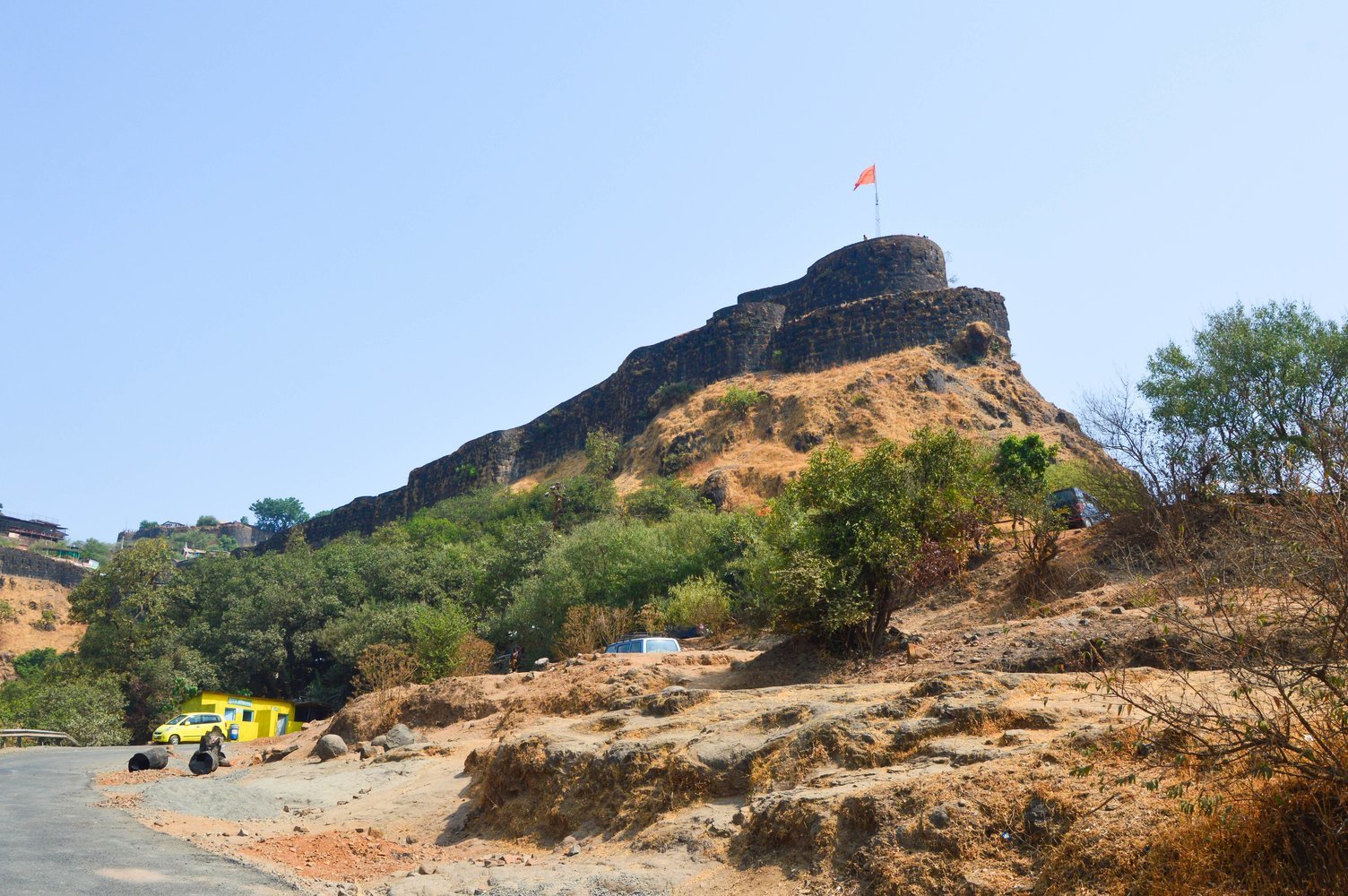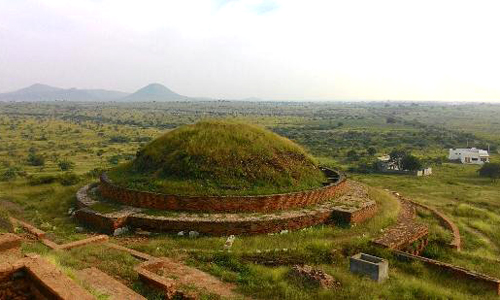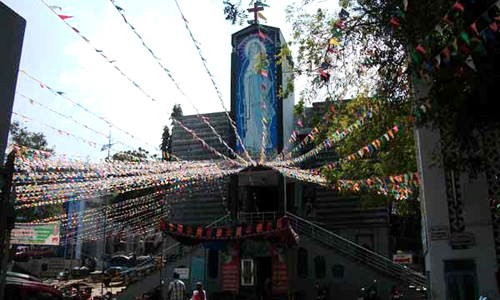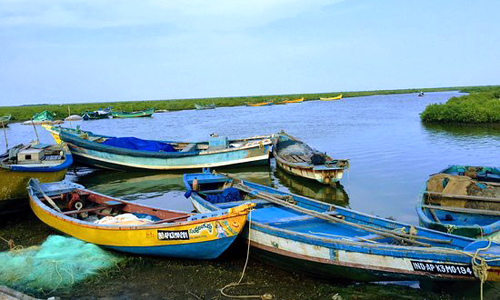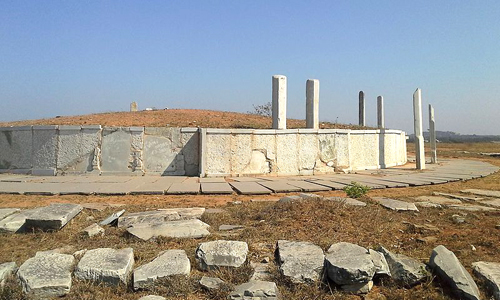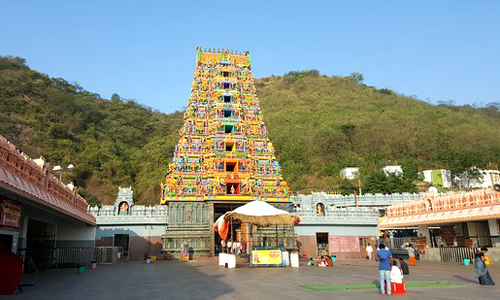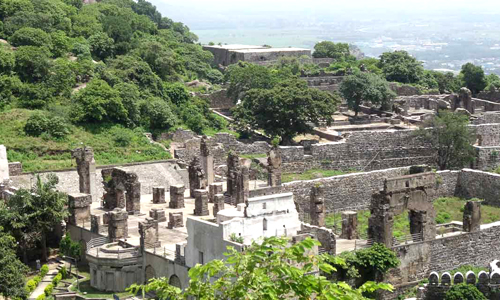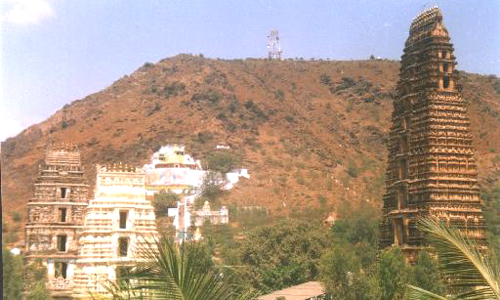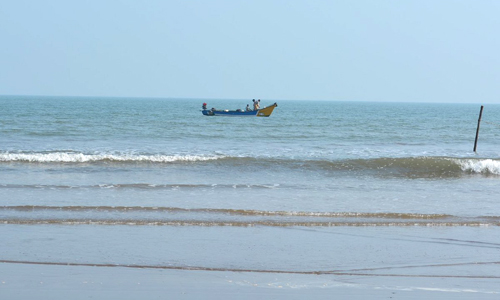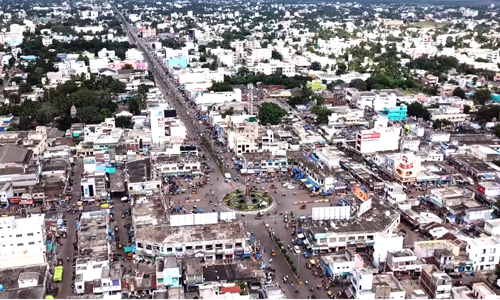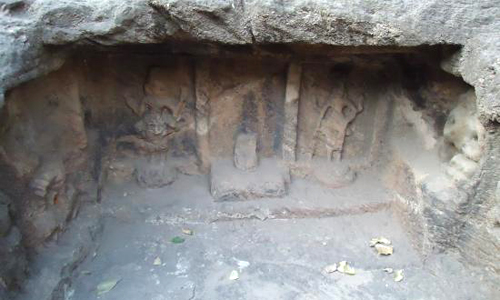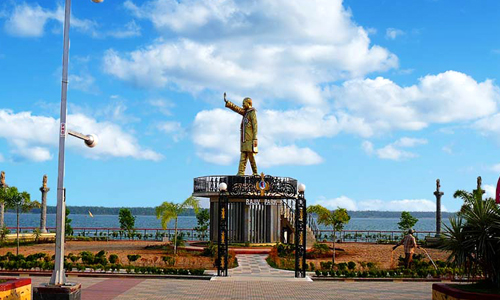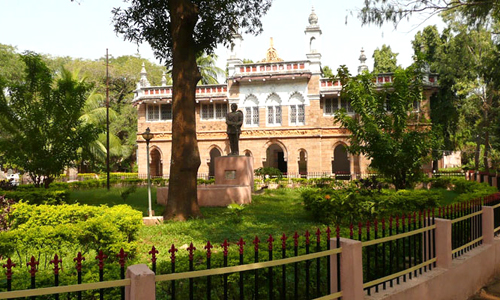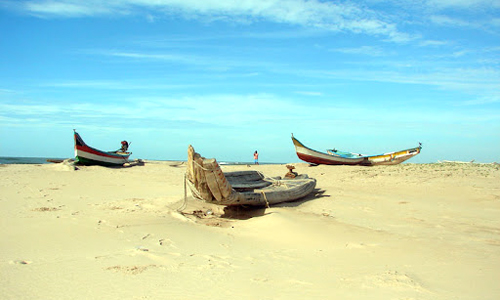Ghantasala is a town in the Krishna state of Andhra Pradesh. It is more than just a town; it has much history and cultural importance. In the past, Ghantasala was a busy spot for trade between the Asians and the Romans. It was also a primary Buddhist holy site. Ghantasala is one of the best places to visit in Vijayawada.
Buddhist relics and Hindu buildings at the site show how great it used to be. It has been found that pillared rooms connected to Buddhist monasteries from the second and third centuries had carved limestone columns. It is where the rare Maha Chaitya, or stupa, was found in ruins. With the 12 signs of the zodiac cut into it, there is a cube made of solid bricks in the middle. A few of the carved slabs are now in museums in Paris.
History
Ghantasala has a history that goes back hundreds of years. People used to call it Kantakasola, and history records from the 2nd century CE talk about it! Archaeological digs have found the remains of an important Buddhist stupa, which suggests that Ghantasala was once a centre for Buddhism. Sculptures and other artefacts found here show the artistic impact of the time.
The Village
Nowadays, Ghantasala has become a bustling town and the seat of the Ghantasala Mandal. Although farming is still the main occupation, the city has become more modern. In addition to its historical sites, it has schools, shops, and well-kept homes.
The town is important for more reasons than just its historical places. A new find here includes writing that uses the phrase "Bharatiya Nam," an early use of the name "India." Researchers studying history and archaeology can still learn much from this village.
What is Ghantasala famous for?
Ghanatsala is famous because of Ghantasala Venkateswara Rao. He was born on December 4, 1922. He was an Indian singer and film composer, famous by his last name, Ghantasala. His work was mainly in Telugu and Kannada movies and Tamil, Malayalam, Tulu, and Hindi movies. The Ghantasala village is worth visiting during the Vijayawada tour package.


